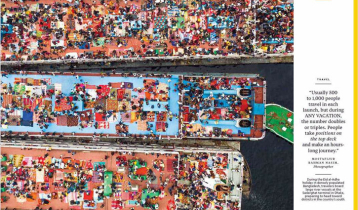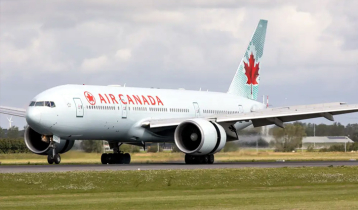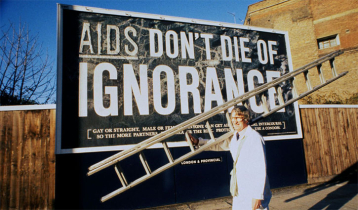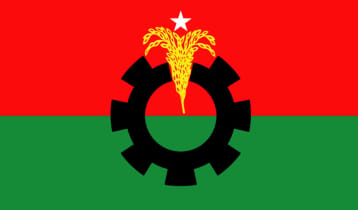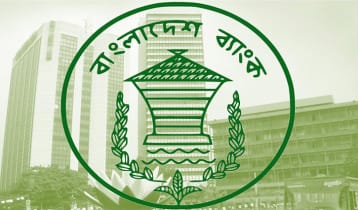Why the chicken is a symbol of our times
4 || risingbd.com
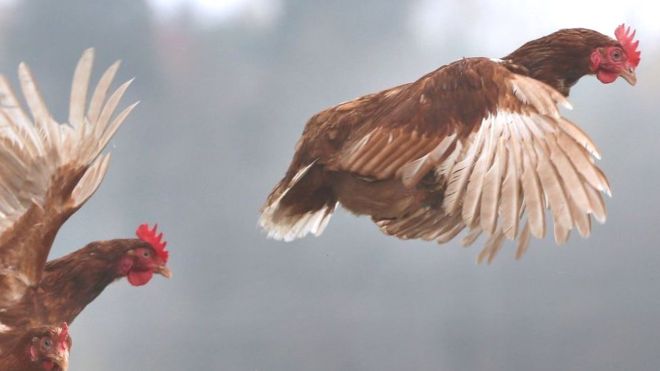
Risingbd Desk: A study of chicken bones dug up at London archaeological sites shows how the bird we know today has altered beyond recognition from its ancestors.
With around 23 billion chickens on the planet at any one time, the bird is a symbol of the way we are shaping the environment, say scientists.
Evolution usually takes place over a timescale of millions of years, but the chicken has changed in decades.
The rise of the supermarket chicken mirrors the decline in wild birds.
"The sheer number of chickens is an order of magnitude higher than any other bird species that's alive today," said Dr Carys Bennett, a geologist at the University of Leicester, who led the study.
"You could say we are living in the planet of the chickens."
The researchers used the archaeological record to look at how chickens have changed over the years - and say they are a symbol of this geological era.
We are entering the Anthropocene, the period during which human activity has been the dominant influence on climate and the environment.
"Human activities have altered the Earth's landscapes, the oceans, atmosphere and land surface," said Dr Bennett.
"As the most numerous terrestrial vertebrate species on the planet, with a biology shaped by humans, modern chickens are a symbol of our changed biosphere."
She said when future generations examine rocks from our time, they will probably see "tin cans, glass bottles, and bits of material that were once plastic, and amongst that will be bones of chickens".
Domesticated animals now make up the majority of animal species on land, shaping the natural world.
The domestic chicken is descended from the red jungle fowl, which is native to tropical South East Asia. The bird was first domesticated around 8,000 years ago, and rapidly spread around the world, to be used for meat and eggs.
In the 1950s the "chicken-of-tomorrow programme" was launched to produce bigger birds. Since then, the bird has undergone extraordinary changes.
It has been selectively bred to put on weight fast, which is evident from its body and the chemistry and genetics of its bones.
Meanwhile, roast chicken has gone from being an occasional treat to a global food enterprise.
Source: BBC
risingbd/Dec 12, 2018/Mukul
risingbd.com


